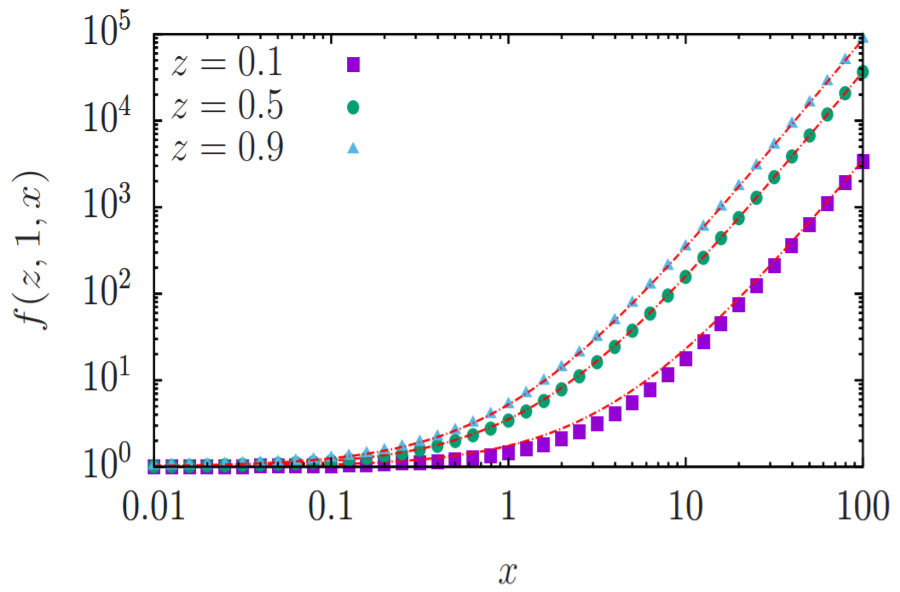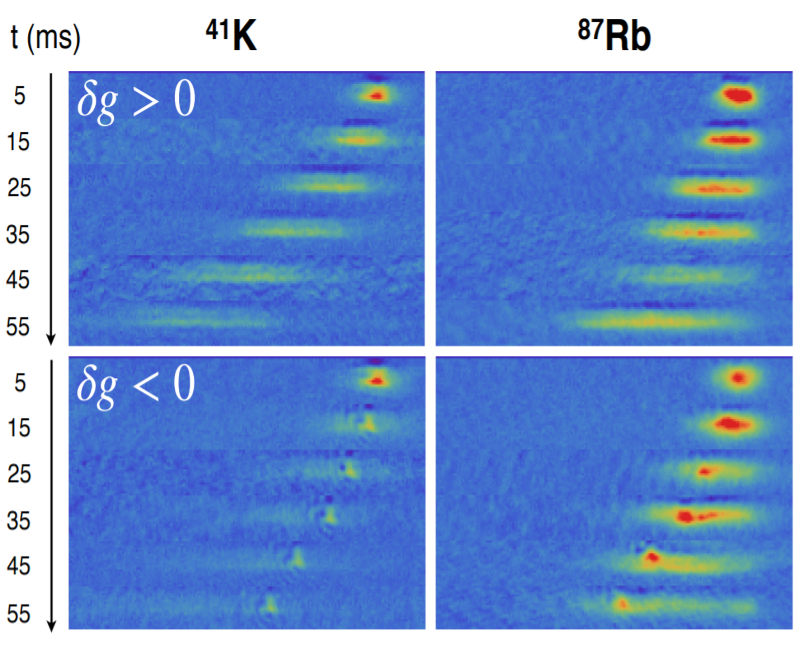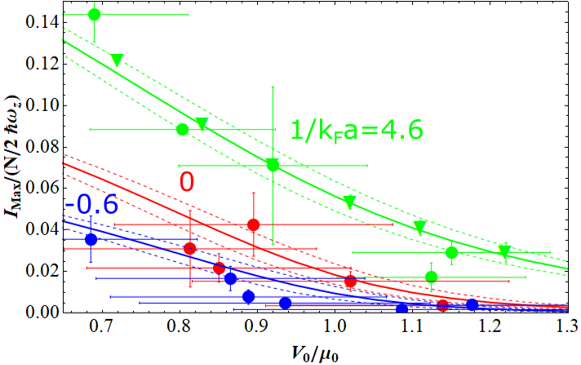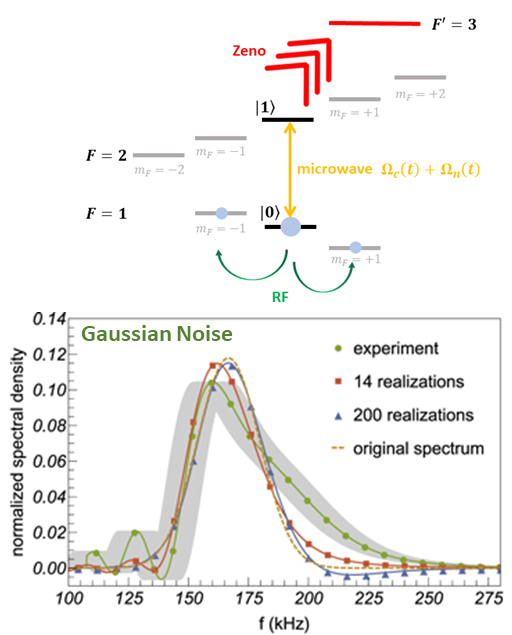 |
Despite its seeming simplicity, a Fermi gas of ultracold atoms with strong repulsive interactions exhibits a complex behavior, resulting from the competing action of two distinct instabilities — ferromagnetism and pairing. The breakdown of the repulsive Fermi liquid state, arising from such concurrent mechanisms, has been recently observed in real time through pump-probe spectroscopic techniques [A. Amico et al., Phys. Rev. Lett. 121, 253602 (2018)], leading also to the discovery of an emergent metastable microemulsion state of anticorrelated fermions and pairs. Here, we investigate the properties of such correlated many-body regime by preparing a strongly repulsive Fermi gas, and studying the evolution of kinetic and release energies, of the spectral response and coherence of the unpaired fermionic population, and of its spin-density noise correlations. All our observations consistently point to a low-temperature heterogeneous phase, where paired and unpaired fermions macroscopically coexist while exhibiting microscale inhomogeneity. Our findings open the exploration of quantum emulsions and possibly of inhomogeneous superfluid regimes. F. Scazza et al. |
LAST NEWS
 |
We show that the Lee-Huang-Yang (LHY) energy functional for a heteronuclear Bose mixture can be accurately approximated by an expression that has the same functional form as in the homonuclear case. It is characterized by two exponents, which can be treated as fitting parameters. We demonstrate that the values of these parameters which preserve the invariance under permutation of the two atomic species are exactly those of the homonuclear case. Deviations from the actual expression of LHY energy functional are discussed quantitatively. F. Minardi et al. |
 |
We report on the formation of heteronuclear quantum droplets in an attractive bosonic mixture of 41K and 87Rb. We observe long-lived self-bound states, both in free space and in an optical waveguide. In the latter case, the dynamics under the effect of a species-dependent force confirms their bound nature. By tuning the interactions from the weakly to the strongly attractive regime, we study the transition from expanding to localized states, in both geometries. We compare the experimental results with numerical simulations and we find a good agreement in the full range of explored interactions. C. D'Errico et al. |
 |
Together with Wilhelm Zwerger, we developed a simple analytic model to quantitatively describe the Josephson tunneling between two Fermi superfluids along the entire BCS-BEC crossover. Our work just got published in Phys. Rev. A. M. Zaccanti, W. Zwerger, |
 |
The ideal quantum Zeno effect is a robust method to protect the coherent dynamics of a quantum system. In particular , in the weak quantum Zeno regime, repeated quantum projective measurements can allow the sensing of semi classical field fluctuations. We report our proposal and demonstration, both theoretical and experimental, of a novel noise sensing scheme enabled by the weak quantum Zeno regime. We experimentally tested these theoretical results on a Bose Einstein Condensate of 87Rb atoms realized on an atom chip, by sensing ad hoc introduced noisy fields. H.–V. Do et al., |
